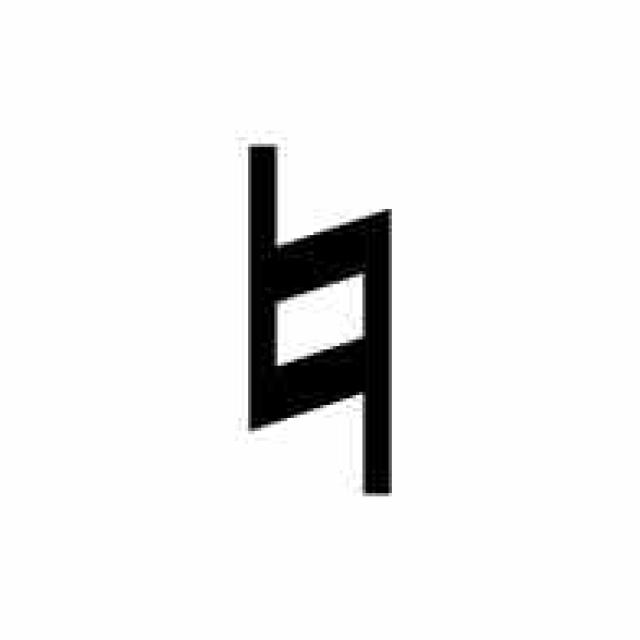
Name ChangeĪs soon as one of the natural notes is given a ♭, its name changes. Still, it’s better not to use these interchangeably, but that’s a lesson for another day. Just like sharp notes, some flat notes have two names, like G# and A♭, which are one and the same key on a piano.

The D♭ note, for instance, sits between the C and D and is the black key on the left of the D key of a piano. C-sharp, F-sharp, etc).įlat notes are notated with the flat sign (♭), and are basically the opposite of the sharp notes since they’re natural notes lowered by a semitone. It’s pretty simple, because all you have to do is add ‘sharp’ to the note (e.g.
When played with instruments without a fixed pitch range such as violins, there actually is a (tiny) difference between the B# and the C, and the E# and the F.Īs soon as one of the natural notes is given a #, its name changes. Why not just call a B# a C then? Unfortunately, that’s a little too difficult to explain for this blog, and it’s maybe best to just accept this for now. This sounds confusing, especially for beginners. This means that to play a B#, you actually need to play a C, while to play an E#, you you’re supposed to play an F. On a piano, for example, there’s no black key to the right of these notes and you’ll simply have no choice but the play the white key on the right of the B or E. The C# note sits between the C and D it’s the black piano key on the right of the C. A little mnemonic is to think of ladder when you see a ♯ symbol, since ladders are also used to climb and get up somewhere higher. The sharp sign (♯) is used to indicate that any of the natural notes (A, B, C, D, E, F, G) are to be raised in pitch by a semitone. I’ll also cover naturals (♮) and other important rules when it comes to music notation. 
As such, in this blog, I’m going to teach you the difference between sharp notes and flat notes, and how you should use them. However, this is important information to know if you want to play a wide variety of music using sheet music, chord progressions or another kind of music notation. It’d be a shame if you avoided sharp (♯) and flat (♭) notes simply because you don’t know their exact meaning.






 0 kommentar(er)
0 kommentar(er)
